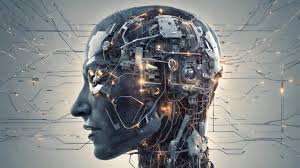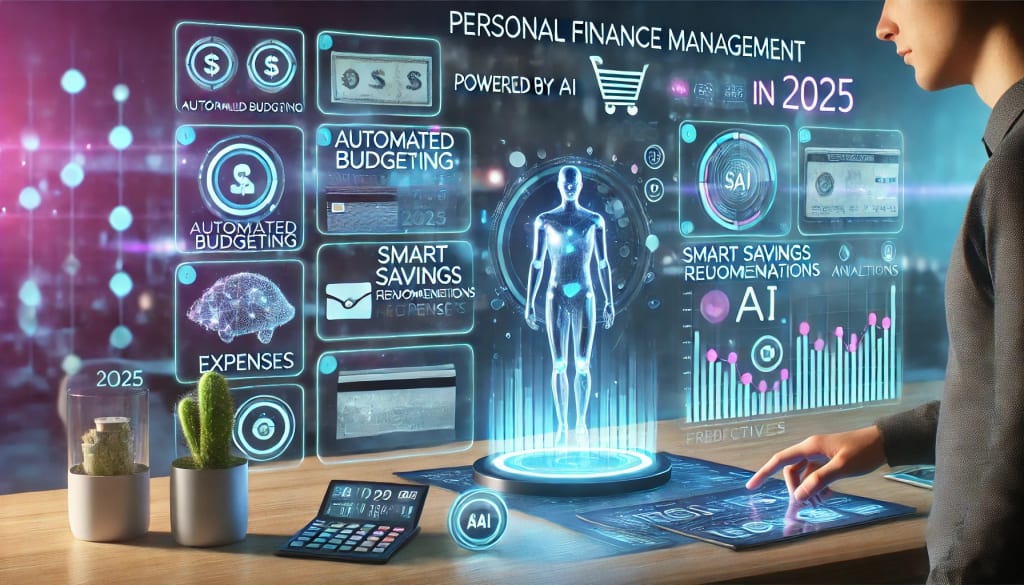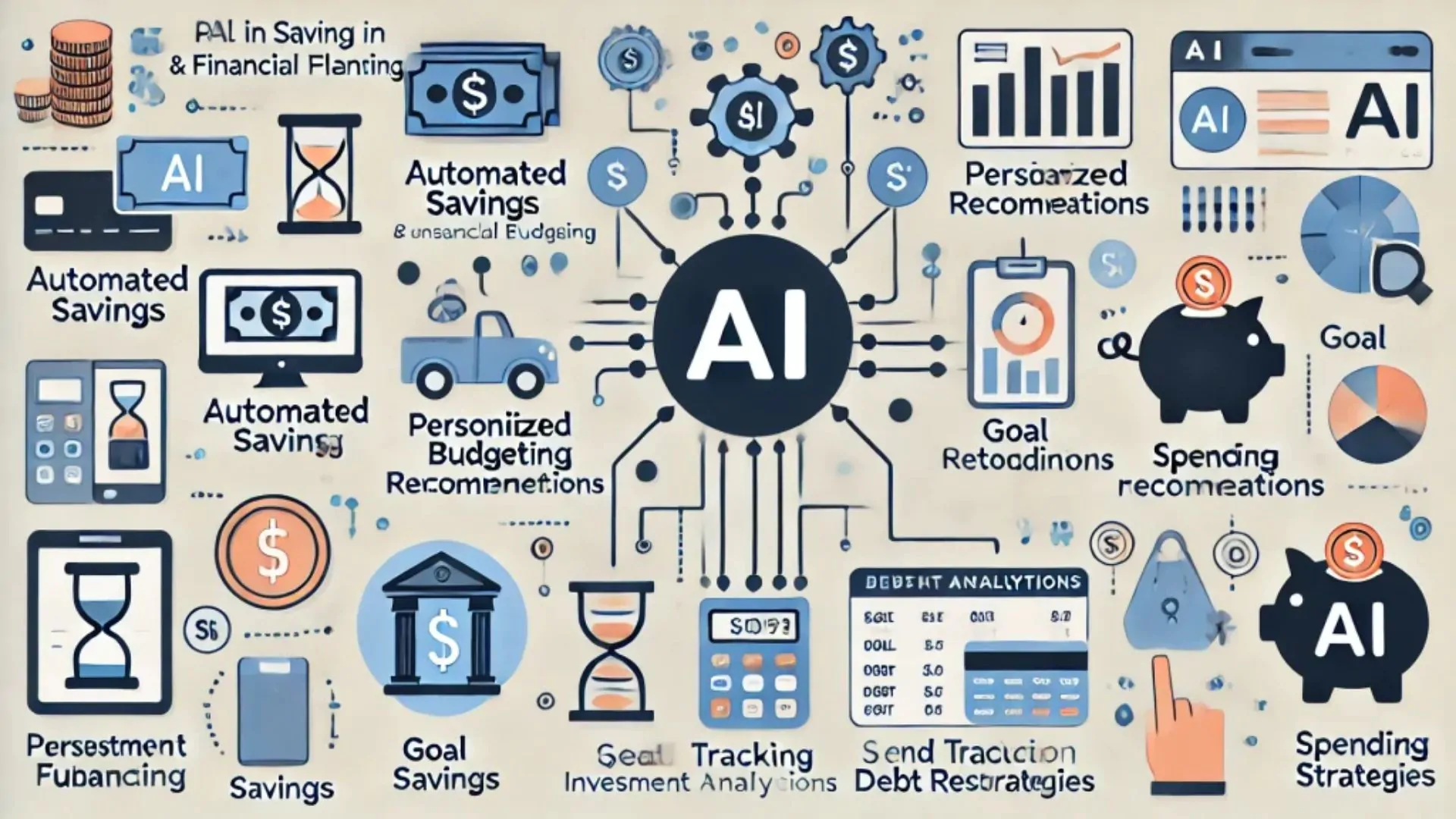Artificial Intelligence (AI) has revolutionized every industry from healthcare and education to finance and entertainment. It promises speed, efficiency, and innovation.
But beneath the shiny surface of algorithms and automation lies a darker truth the hidden costs of artificial intelligence that no one talks about. These aren’t just financial costs, but environmental, ethical, and societal consequences that are shaping the world’s future in ways we’re only beginning to understand.
⚡ 1. The Environmental Cost: AI’s Energy Hunger
AI doesn’t just run on data — it runs on electricity.
Training large AI models requires massive computing power, consuming huge amounts of energy and water.
| AI Model | Energy Used (Approx.) | Equivalent CO₂ Emissions |
|---|---|---|
| GPT-3 | 1,287 MWh | 550+ tons of CO₂ |
| Image Generation Models (like DALL·E) | 500–800 MWh | 200–300 tons of CO₂ |
| Voice Recognition AI | 150 MWh | 60+ tons of CO₂ |
These numbers are staggering. In perspective, a single AI model can emit as much carbon as five cars over their entire lifetime.
And that’s just training. Once deployed, AI systems need constant energy to function, making AI’s carbon footprint a silent contributor to climate change.
💰 2. The Financial Cost: AI Isn’t as Cheap as It Seems
While AI can automate tasks and reduce labor costs, its development and maintenance costs are enormous.
Businesses often underestimate the long-term financial burden.
Hidden AI Expenses Include:
- Data acquisition and cleaning – 80% of AI project time goes here.
- Model retraining and updating – AI must evolve with new data.
- Cloud computing fees – The larger the model, the higher the bill.
- Talent costs – AI engineers can cost companies $300K+ per year.
👉 For startups and small businesses, these costs make AI adoption far from “plug and play.”
🧩 3. The Ethical Cost: Bias, Fairness, and Accountability
AI is only as unbiased as the data it learns from. Unfortunately, data is never neutral.
AI systems can inherit and amplify human biases, leading to unfair outcomes in hiring, lending, policing, and healthcare.
Examples of AI Bias:
- Facial recognition systems misidentify people of color.
- Recruitment AIs prefer male candidates due to biased data.
- Predictive policing tools target minority neighborhoods.
The lack of AI accountability makes this worse.
Who’s responsible when an algorithm discriminates — the developer, the company, or the machine?
🕵️♂️ 4. The Privacy Cost: Your Data Is the New Currency
Every AI system feeds on data — your data.
From your location and voice to your online behavior, AI models collect and process it all.
Even anonymized data can be traced back to individuals, creating a massive privacy concern.
And as AI becomes integrated into surveillance systems, personal privacy could soon become a luxury.
Key Privacy Risks:
- Data leaks from AI datasets
- Invasive facial recognition in public spaces
- Misuse of biometric data by corporations or governments
🤖 5. The Social Cost: Job Displacement and Human Value
AI automation is making millions of jobs obsolete.
From manufacturing and transportation to customer service, robots and algorithms are replacing humans faster than new jobs are created.
According to the World Economic Forum, by 2030:
- 85 million jobs could be displaced by automation
- But only 97 million new roles will emerge — mostly for the highly skilled
That means workers without tech skills could face massive unemployment or underemployment, widening the inequality gap worldwide.
🌍 6. The Geopolitical Cost: AI Power Wars
AI isn’t just technology — it’s a weapon.
Countries are racing to dominate the AI landscape, creating new forms of digital warfare and surveillance.
Nations with advanced AI capabilities (like the US, China, and the EU) are shaping global influence, while smaller economies risk falling behind.
This could lead to a new kind of “AI colonialism”, where data-rich nations control poorer ones through technology.
🔒 7. The Psychological Cost: Human Detachment
The more we depend on AI — from chatbots to social media feeds — the less we interact meaningfully with real people.
AI-driven recommendation systems also reinforce echo chambers, increasing division and misinformation.
Studies show that excessive AI use can lead to:
- Reduced empathy
- Social isolation
- Decline in creative thinking
AI should be a tool for humanity — not a replacement for it.
💡 Conclusion: The True Price of Artificial Intelligence
Artificial intelligence is powerful — but its hidden costs are real.
From environmental strain to ethical dilemmas, AI is reshaping our world in ways we can’t ignore.
To make AI sustainable, we must:
- Regulate its environmental footprint
- Enforce transparency and fairness
- Educate the workforce for an AI-driven economy
- Protect personal data and human rights
Because in the end, AI should serve humanity — not the other way around.
🔍 Quick Recap Table
| Type of Cost | Impact Area | Key Concern |
|---|---|---|
| Environmental | Energy, CO₂ Emissions | Climate change |
| Financial | Business Costs | Expensive maintenance |
| Ethical | Fairness, Bias | Algorithmic discrimination |
| Privacy | Data Security | Loss of personal control |
| Social | Employment | Job displacement |
| Geopolitical | Global Power | AI dominance wars |
| Psychological | Human Behavior | Emotional detachment |













Leave a Reply